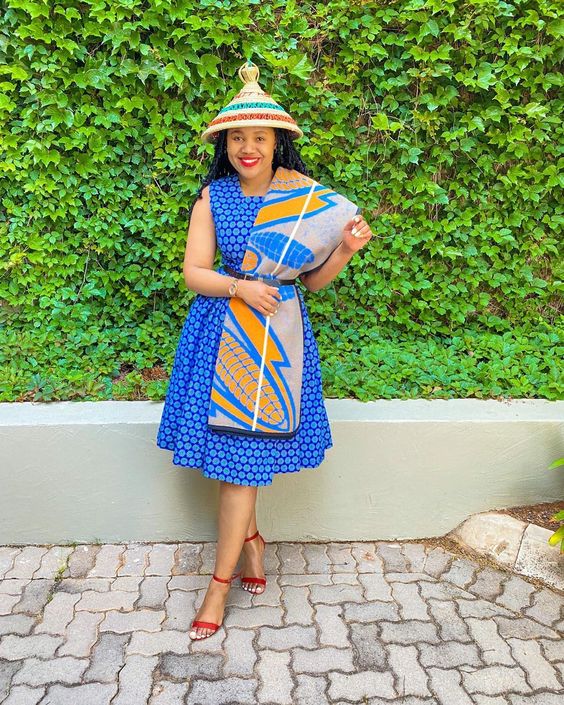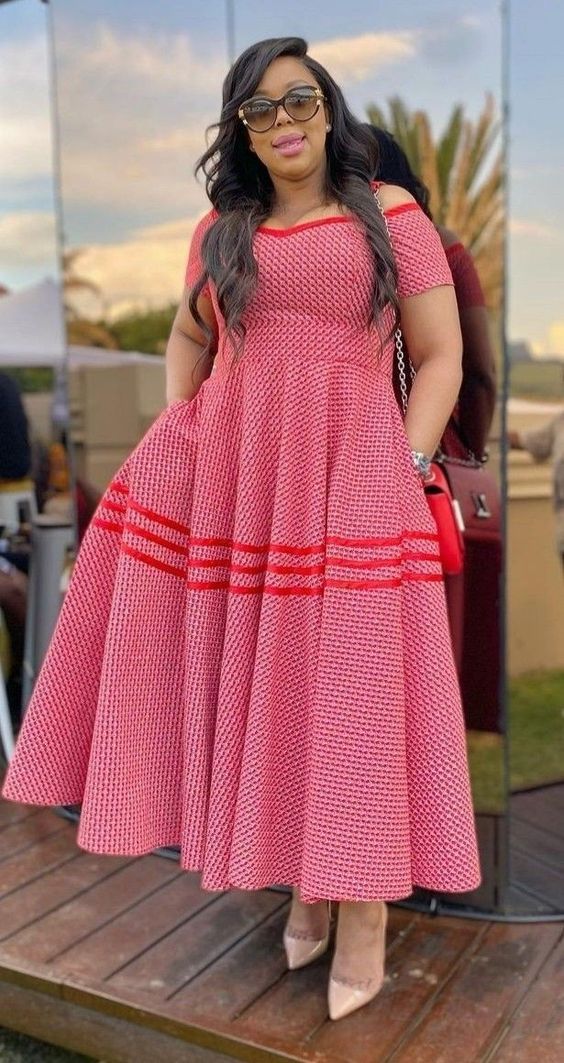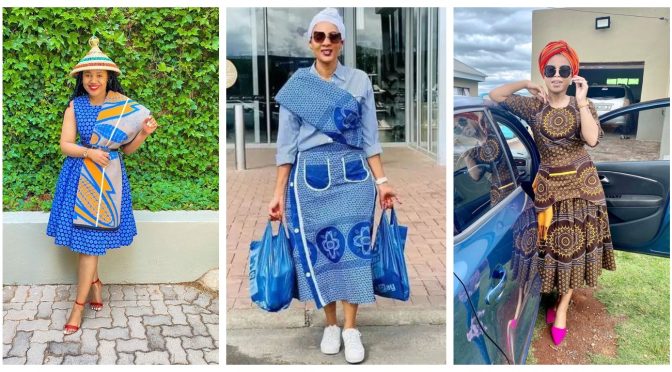Sotho Traditional Attire: Inspiring Pride and Identity
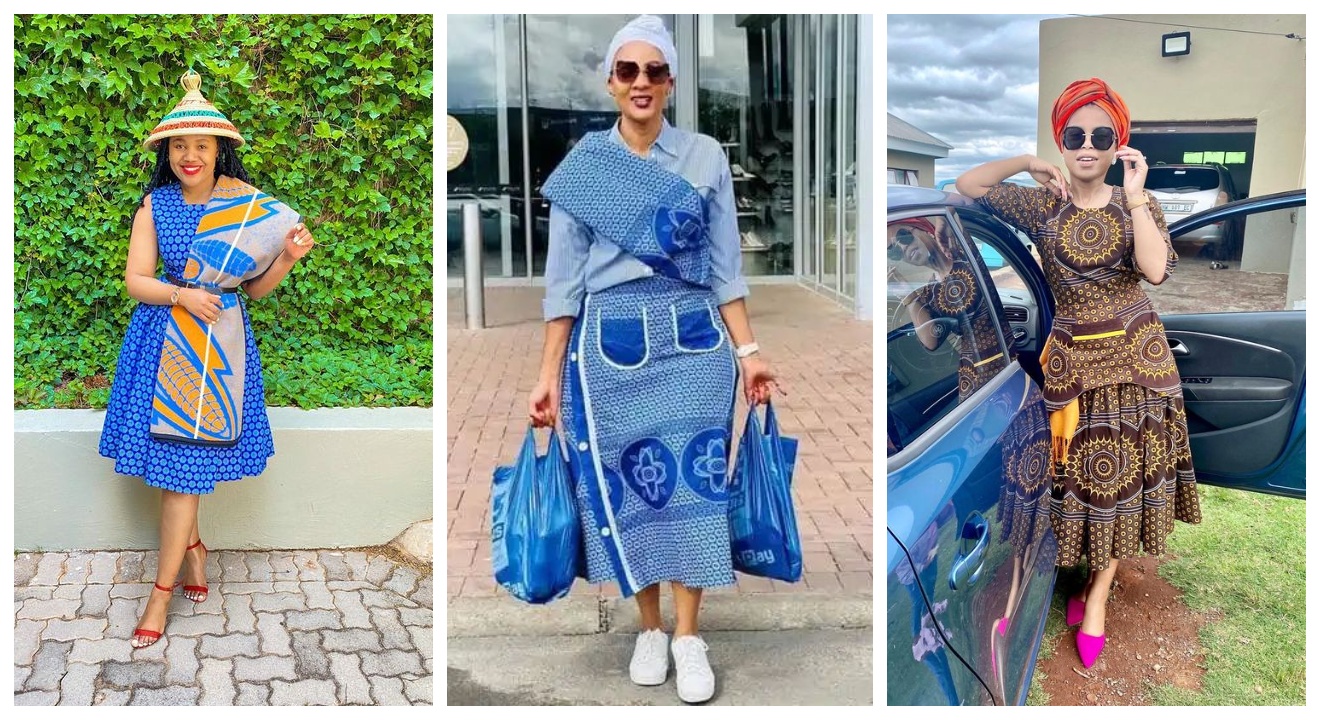
Introduction
Sotho traditional attire is more than just clothing. It represents cultural pride, identity, and heritage. For the Sotho people, wearing traditional attire is a way to connect with their ancestors, preserve their cultural heritage, and showcase their unique traditions to the world.
Importance of traditional attire in preserving cultural identity
Traditional attire plays a crucial role in preserving cultural identity. It serves as a visual representation of a community’s values, beliefs, and history. By wearing traditional clothing, the Sotho people are able to pass down their cultural legacy to future generations and maintain a strong connection to their roots.
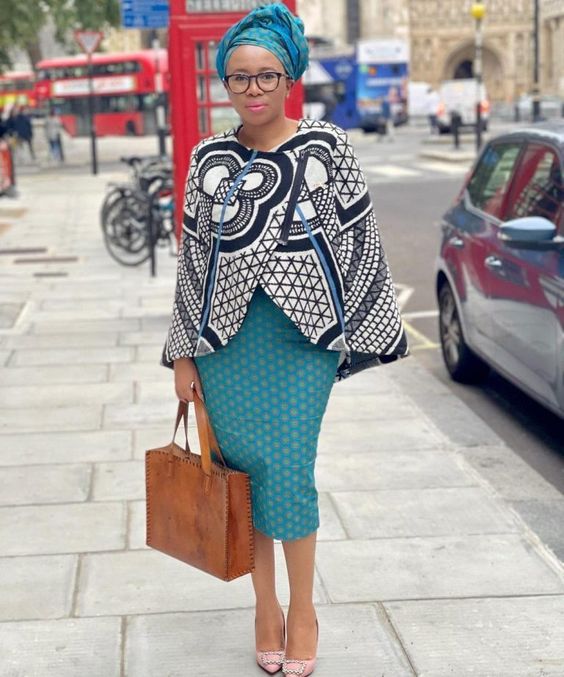
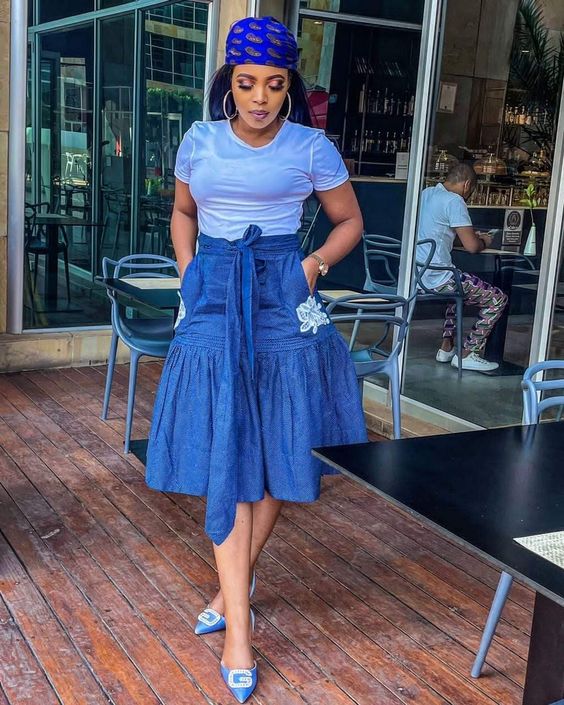
Significance of Sotho traditional attire
Sotho traditional attire holds immense significance in the community. It reflects the rich history, customs, and social status of the wearer. Each garment and accessory has a specific meaning, whether it’s the vibrant blankets known as “Seanamarena” or the intricate beadwork that adorns their clothing. By wearing their traditional attire with pride, the Sotho people celebrate their heritage and keep their cultural traditions alive.
History of Sotho Traditional Attire
The Sotho people have a rich cultural heritage, and their traditional attire is a reflection of their identity and pride.
Origins and evolution of Sotho traditional attire
The traditional attire of the Sotho people has deep roots in their history and traditions. It has evolved over centuries, adapting to changes in society and technology. The attire is characterized by vibrant colors, intricate patterns, and unique designs that are passed down from generation to generation. From the iconic Basotho blanket to the traditional headscarves and accessories, each piece of clothing holds symbolic significance and tells a story.
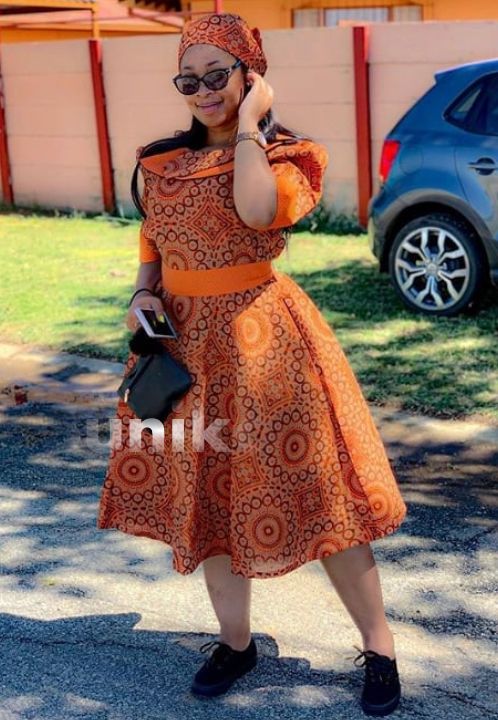
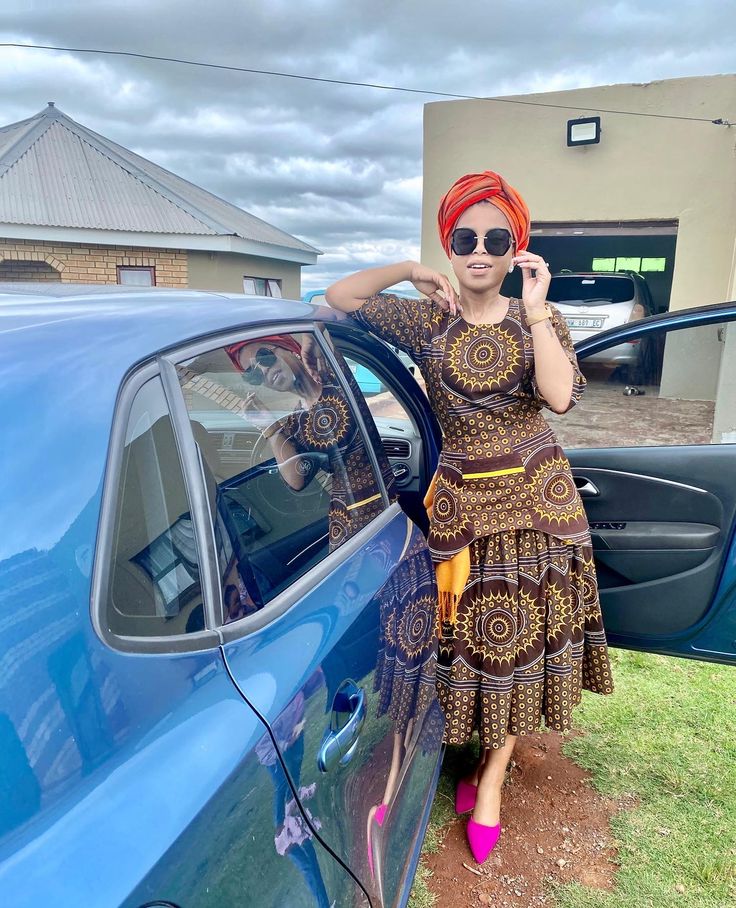
Influence of colonialism and modernization on Sotho attire
Colonialism and modernization have had a significant impact on Sotho traditional attire. The introduction of Western clothing styles and materials during the colonial era influenced the fashion choices of the Sotho people. However, they have managed to preserve their cultural identity by incorporating traditional elements into their attire, even when adopting modern fabrics and styles. Today, Sotho traditional attire is not only worn for cultural events and celebrations but also as an expression of pride and a way to celebrate their heritage in a modern context.
Sotho traditional attire continues to inspire a sense of pride and identity among the Sotho people, serving as a symbol of their rich cultural heritage and a testament to their resilience in the face of changing times.
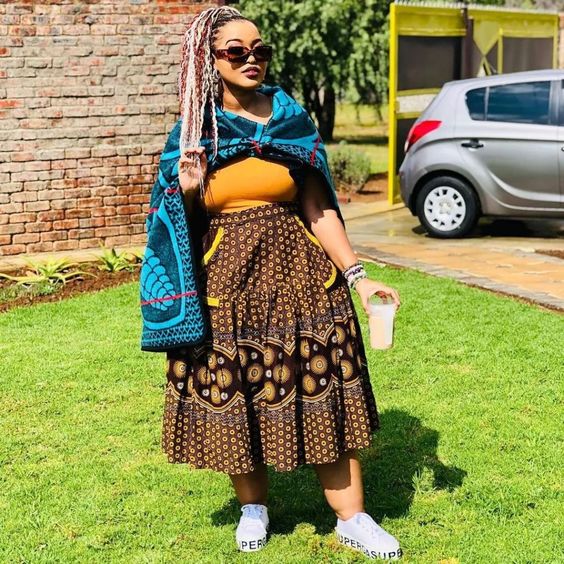
Styles and Designs of Sotho Traditional Attire
Different types of Sotho traditional attire
Sotho traditional attire is known for its vibrant colors, intricate patterns, and unique designs. There are different types of Sotho traditional attire, each with its own distinct style. One such style is the Sesotho traditional dress, which is a long, loose-fitting garment worn by women. It is usually made from brightly colored shweshwe fabric and can be enhanced with embroidery or beadwork. Another popular style is the Sotho blanket, which is a versatile and iconic garment worn by both men and women. It is made from heavy wool and is often adorned with colorful patterns and symbols.
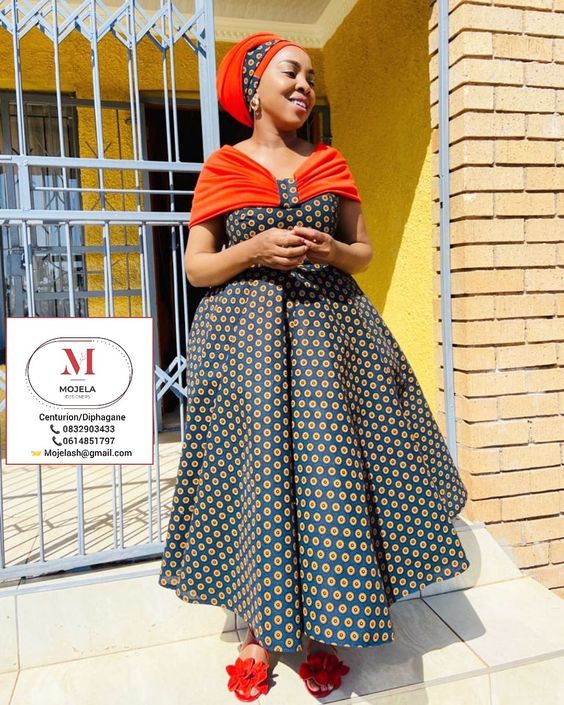
Traditional symbols and patterns in Sotho clothing
Sotho traditional attire is rich in symbolism and often incorporates traditional motifs and patterns. These symbols and patterns represent various aspects of Sotho culture, history, and identity. For example, the use of geometric patterns is common in Sotho clothing, with each pattern having its own meaning. Some patterns symbolize fertility, while others represent status or clan affiliation. In addition, certain colors hold significance in Sotho culture. For instance, the color blue is associated with royalty and is often used in ceremonial attire. By wearing Sotho traditional attire, individuals can proudly display their heritage and express their cultural identity.
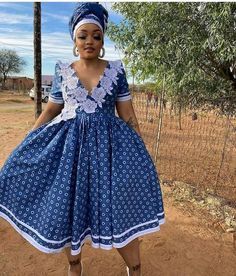
Colors and Meanings in Sotho Traditional Attire
The vibrant and rich traditional attire of the Sotho people reflects their deep sense of pride, cultural heritage, and identity. Each color used in their clothing holds significant symbolism and carries cultural meanings that have been passed down through generations.
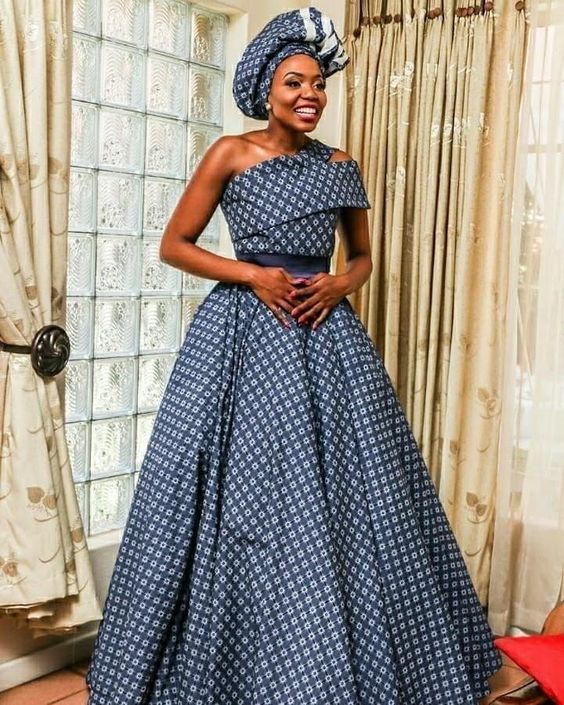
Symbolism of colors in Sotho clothing
- Orange: Symbolizes fertility, abundance, and prosperity.
- Blue: Represents calmness, wisdom, and spirituality.
- Red: Signifies bravery, strength, and power.
- Yellow: Symbolizes happiness, joy, and warmth.
- Green: Represents growth, hope, and harmony with nature.
Cultural meanings associated with specific color combinations
- Blue and white: Typically worn during ceremonies, these colors represent purity, spirituality, and the unity of the community.
- Red, black, and white: This combination is often worn during important events and symbolizes strength, unity, and the resilience of the Sotho people.
- Yellow and green: These colors are commonly worn during celebrations and symbolize joy, fertility, and the abundance of nature.
The diversity of colors and their meanings in Sotho traditional attire serve as a visual testament to the cultural richness and pride of the Sotho people. It is a way for them to express their identity, celebrate traditions, and maintain a strong connection to their ancestral heritage.
Sotho Traditional Attire: Inspiring Pride and Identity
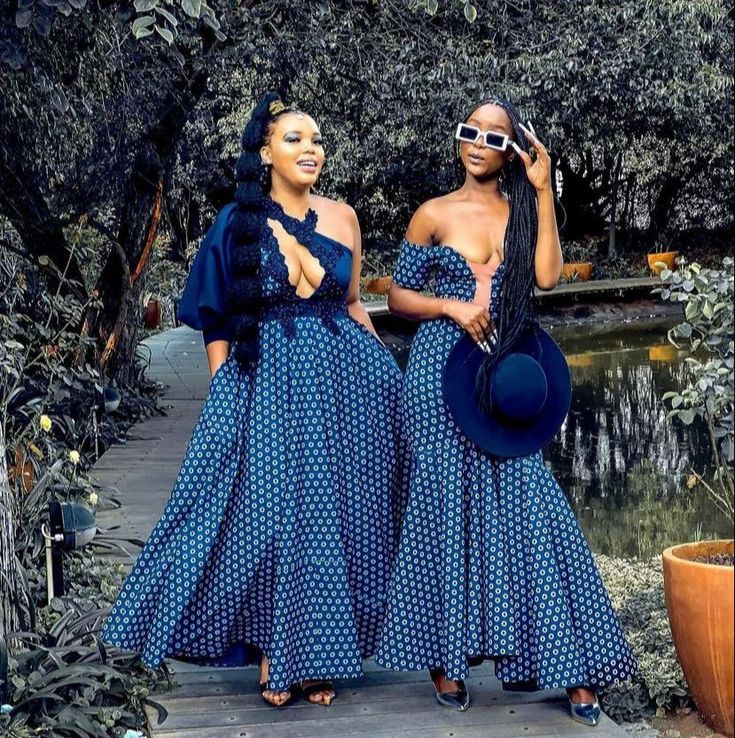
Sotho Traditional Attire for Men
When it comes to traditional attire, the Sotho people have a rich cultural heritage that is proudly displayed through their clothing. The attire holds significant meaning and symbolizes their pride, identity, and history.
Components of men’s traditional attire
The traditional attire for Sotho men typically consists of a blanket, known as a “Seanamarena,” worn over the shoulder. This blanket represents warmth and protection. The shirt, known as “Thetsana,” is made from colorful fabric and usually adorned with intricate embroidery. Paired with this is the “Mosese” or leather belt, which is intricately designed and adds a touch of elegance.

Accessories and embellishments in men’s Sotho clothing
Men’s Sotho traditional attire is not complete without accessories and embellishments. This includes the iconic “Mokorotlo” hat, which is a symbol of pride and cultural heritage. The hat is made from straw and styled in a unique conical shape. Another essential accessory is the “Moshweu” or leather sandals, which are both functional and add to the overall aesthetic.
Sotho traditional attire is more than just clothing; it represents a sense of belonging, pride, and unity. Through these traditional garments, the Sotho people express their cultural heritage and pass down their traditions from generation to generation.
